“Warangal has always been the heartbeat of any people’s movement. If there was ever an agitation for rights or justice in this region, Warangal was the first to rise. The Telangana statehood movement was no different.
From the mid-2000s, our city began to pulse with the slogans of statehood. Students, poets, and singers from this region were not just participating, they were leading. We had inherited the spirit of Kaloji Narayana Rao and Prof. Jayashankar. Every street meeting, every cultural programme, and every gathering in Warangal carried the weight of history.
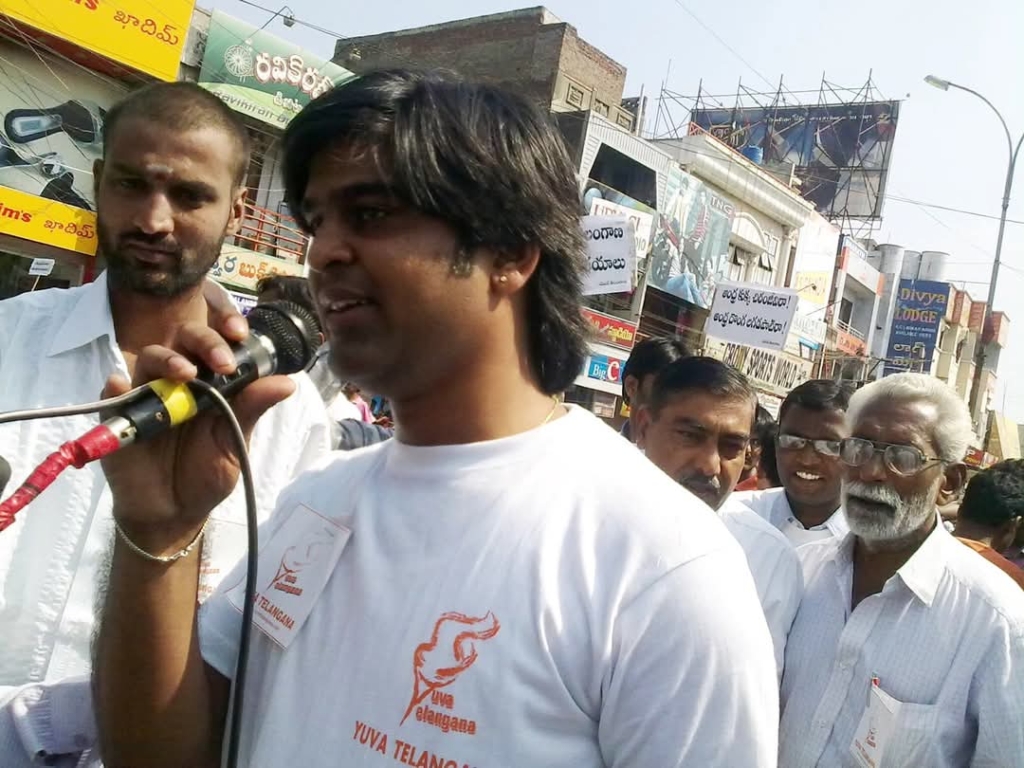
By 2006, when I was a student, I became actively involved. That’s when many of us truly grasped why Telangana deserved separate statehood. We saw how Telangana’s water, funds, and job opportunities were diverted elsewhere in united Andhra Pradesh. We spoke at colleges, conducted awareness sessions, and joined hands with student unions.
In 2009, I was in the UK pursuing my master’s, but even from there, I couldn’t stay away. I became a founding member of the Telangana Development Forum (UK). We conducted seminars, public meetings, and digital campaigns. The diaspora played a significant role in amplifying the message overseas.
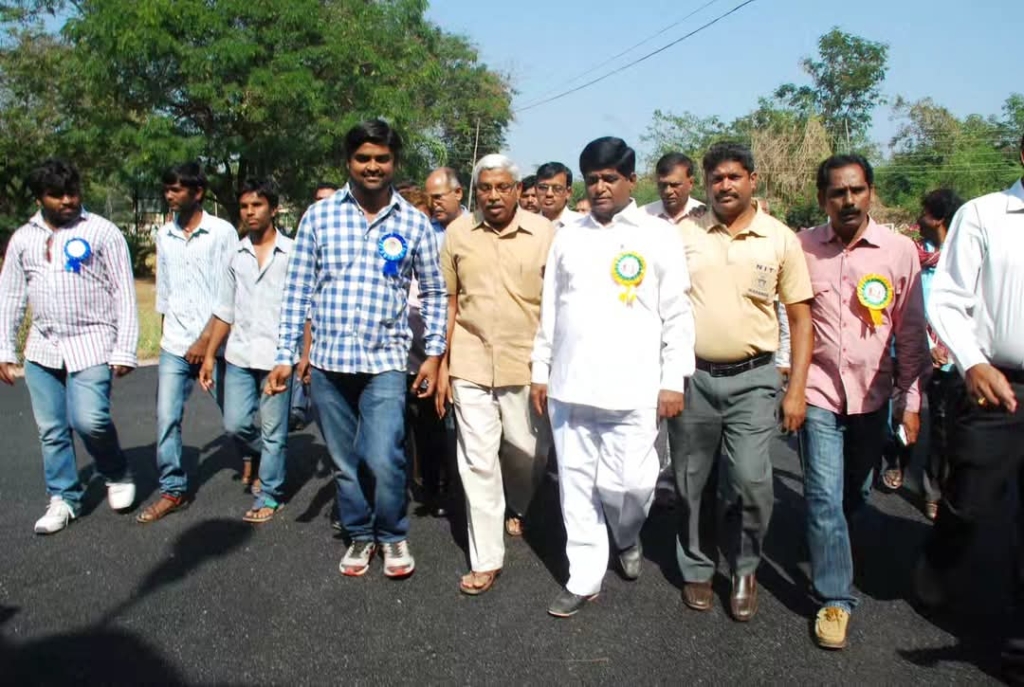
When I returned back to India in 2010, the movement was at its strongest. The roadmap laid out by the Telangana Joint Action Committee was clear and strategic. Movements like Sakala Janula Samme, Million March, Sagara Haram, Vanta Varpu, Rail Roko, and Rastha Roko united everyone — students, employees, teachers, farmers, artists, public servants. Even when the government invoked ESMA (Essential Services Maintenance Act) to suppress the protests, no one backed down. The unity was unmatched.
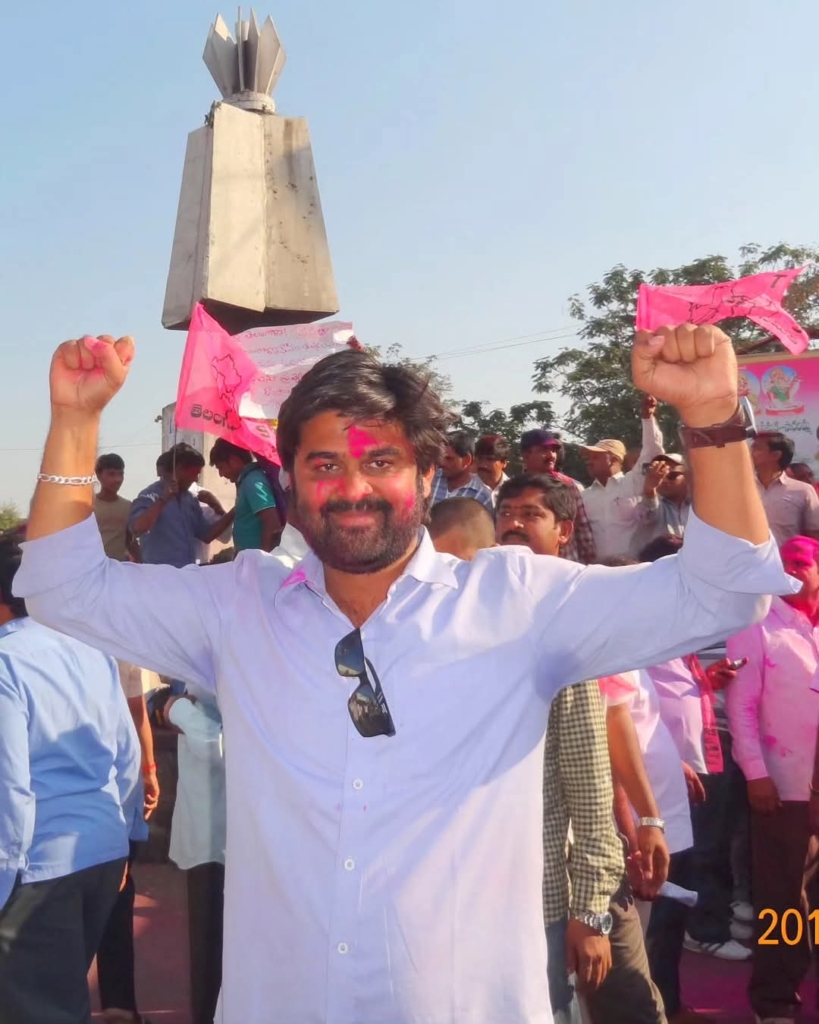
One of the most unforgettable moments was the Sakala Janula Samme, the All People’s Strike, which started on 13 September 2011. People from every corner of Telangana took part—government staff, teachers, lawyers, Singareni coal miners, even daily wage workers. Buses stopped, electricity offices shut down, everything came to a standstill. It went on for 42 days. That strike showed how united people were, and it really pushed the central government to take notice.
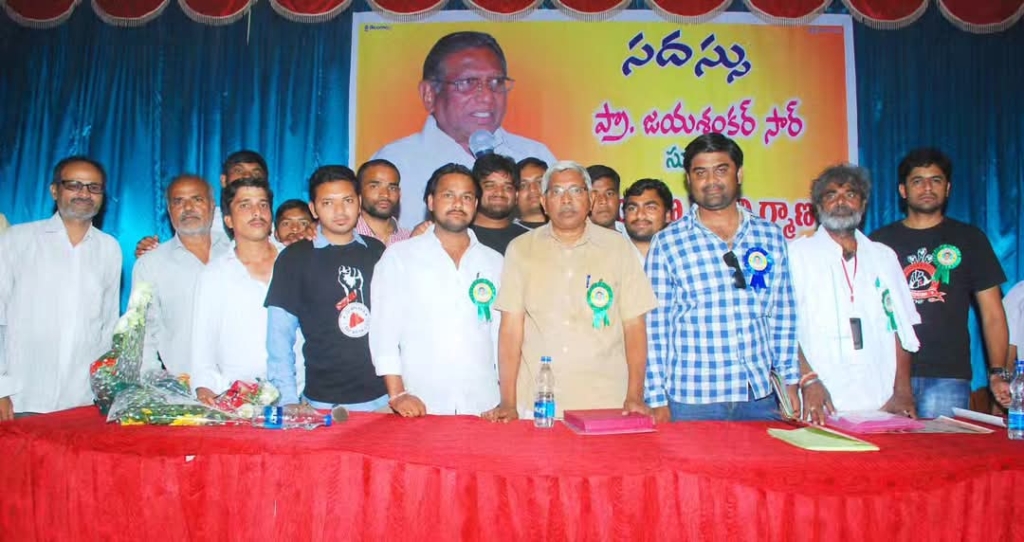
At the time, I was part of the Telangana Netizens Forum. We used Facebook to speak up—busting myths, countering fake news, and spreading awareness about Telangana’s culture, language, and the injustice we had faced for decades. It was more than a political fight. It became a cultural movement too. We celebrated Bathukamma, encouraged people to speak in local dialects, and brought back forgotten traditions.
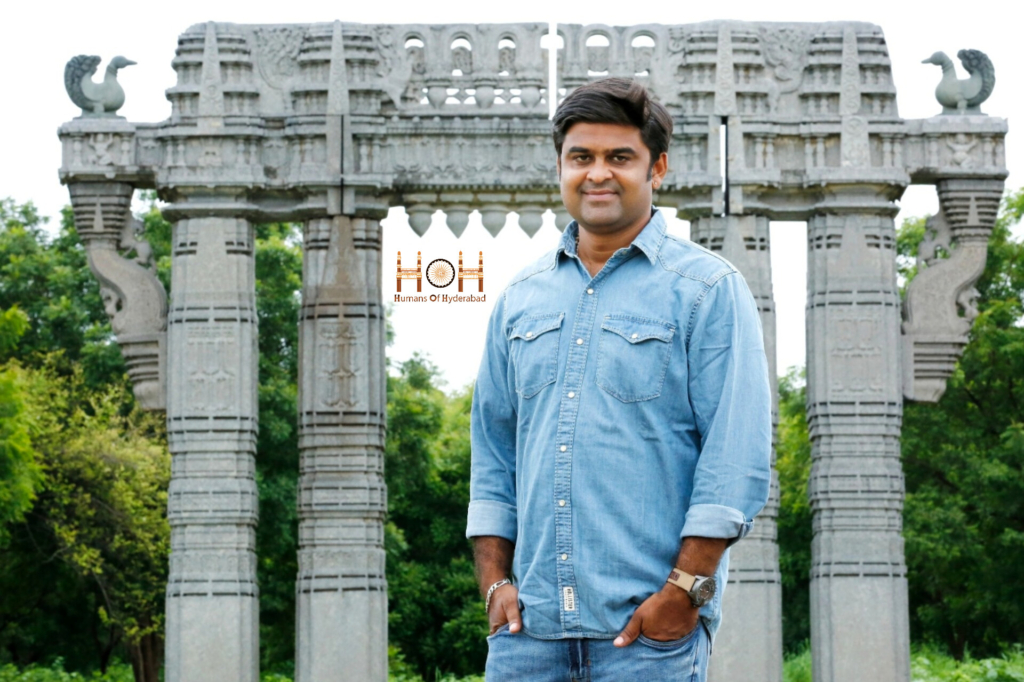
Warangal had its own way of contributing. So many writers, poets, and artists from here gave the movement its voice and emotion. Their words gave people strength when things felt uncertain.
And then came 23 December 2009. The centre suddenly went back on its word after announcing the progress of statehood. That hurt. In Warangal, we organised intense student protests and candle light marches. Many of us were lathi-charged and taken into custody. But no one gave up.
As the movement spread to KU, OU, and other places, students made tough choices. Some gave up jobs, some gave up their lives. I still remember standing quietly at Amara Veerula Sthupam, thinking of all those who didn’t make it to see the dream come true.

On 20 February 2014, I was watching Rajya Sabha live. The moment P. J. Kurien said, “The Bill is passed,” we jumped up and rushed to the streets of Warangal. I wore a ‘Jai Telangana’ T-shirt. Everyone was cheering, hugging, and waving flags.
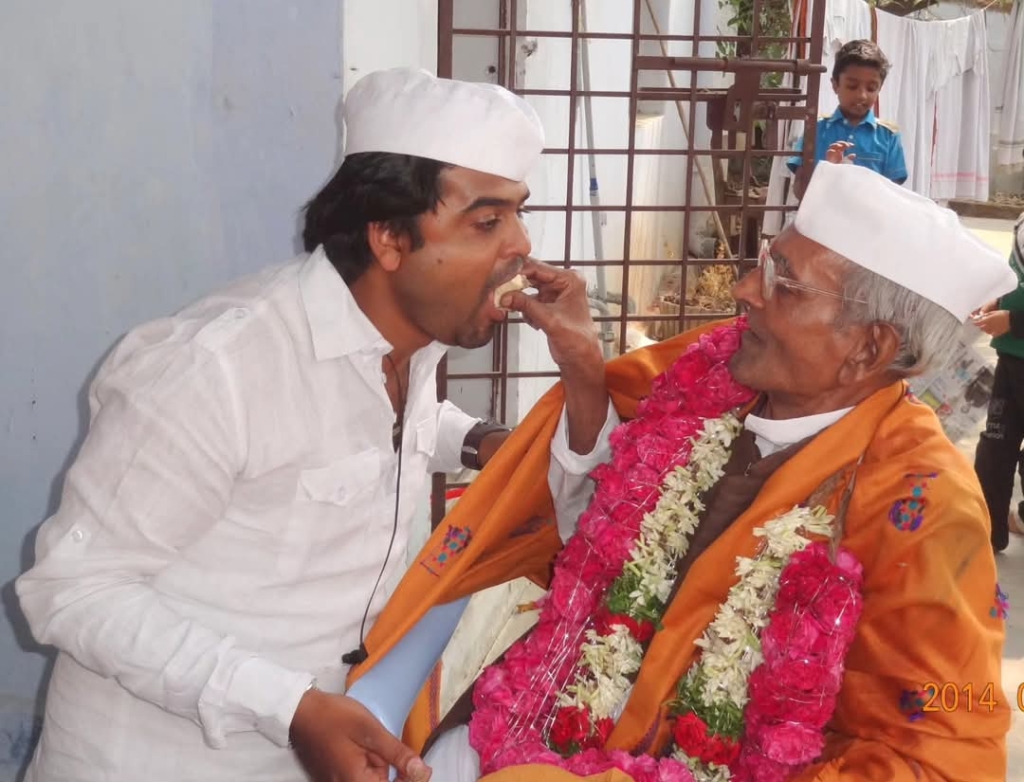

And on 2 June 2014, Telangana was born. This wasn’t any one person’s win. It belonged to the people.”
— Santhosh Manduva, remembering the Telangana movement
